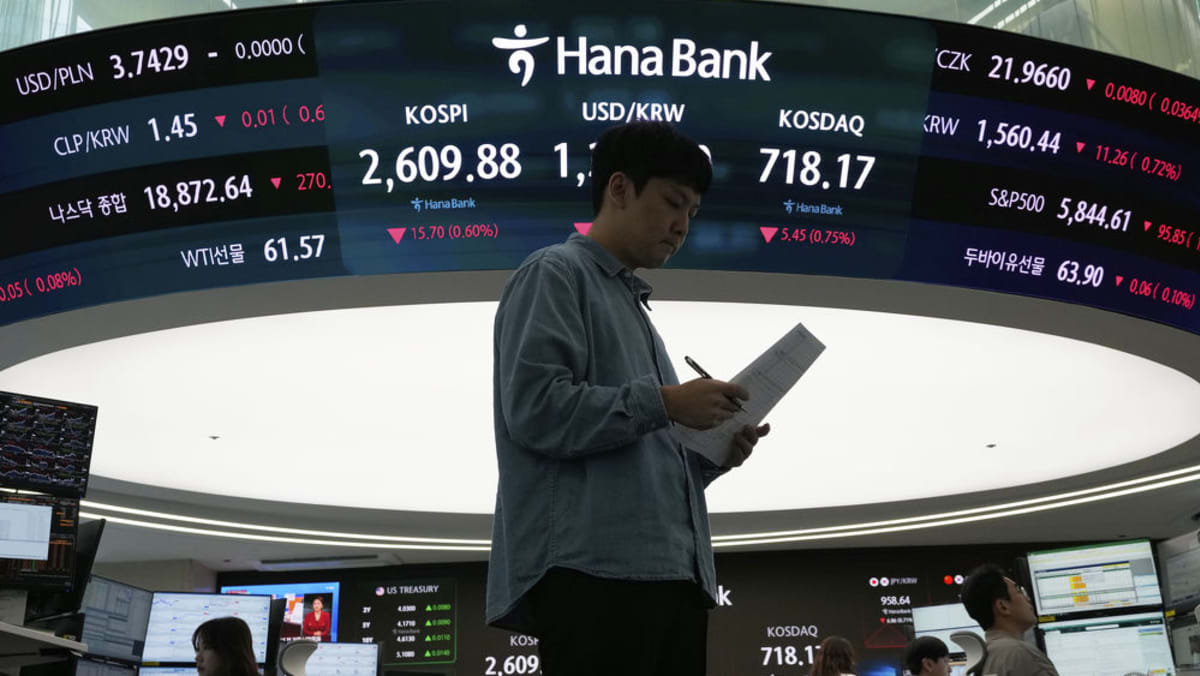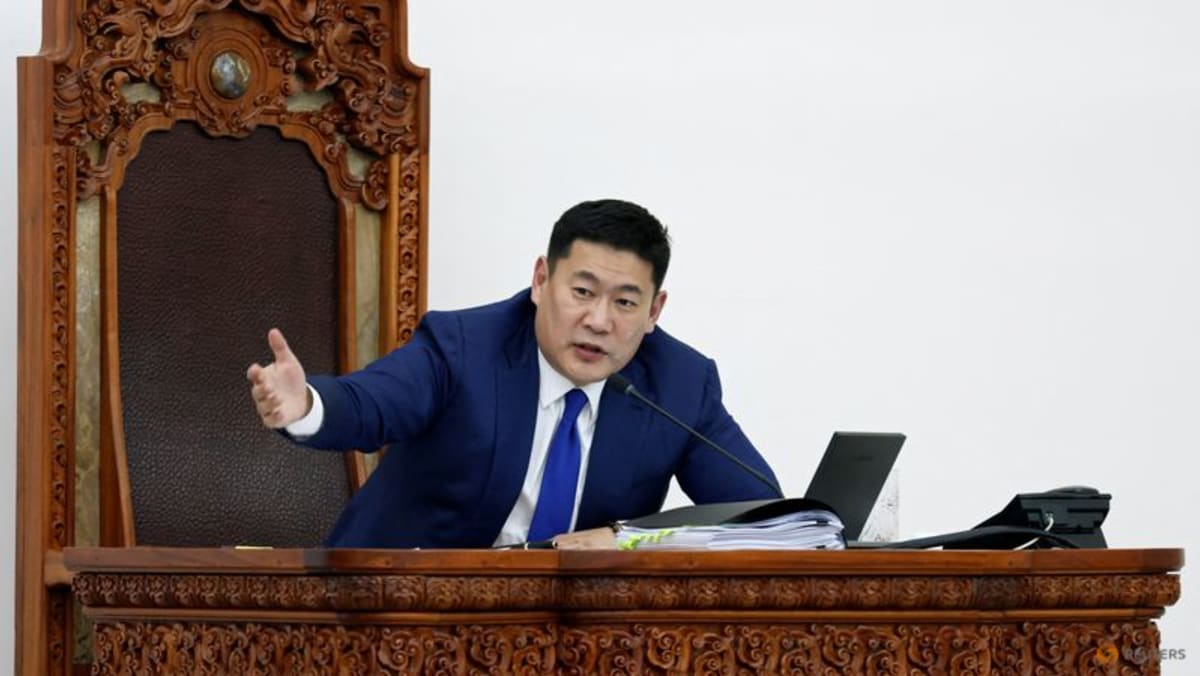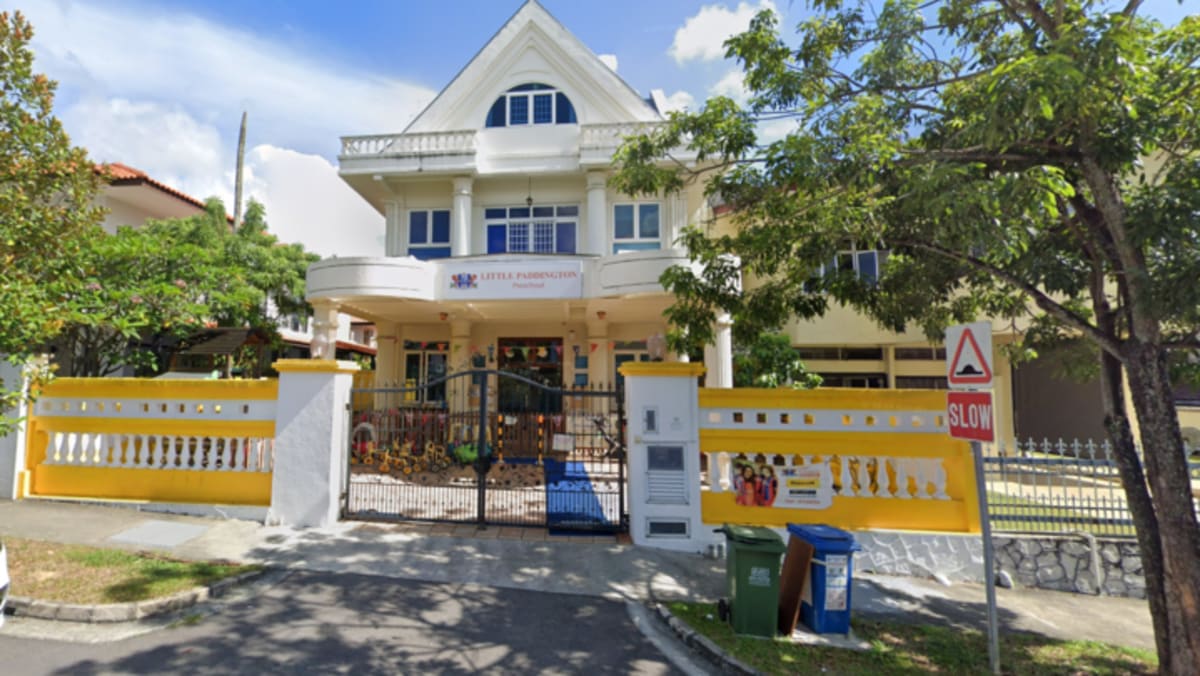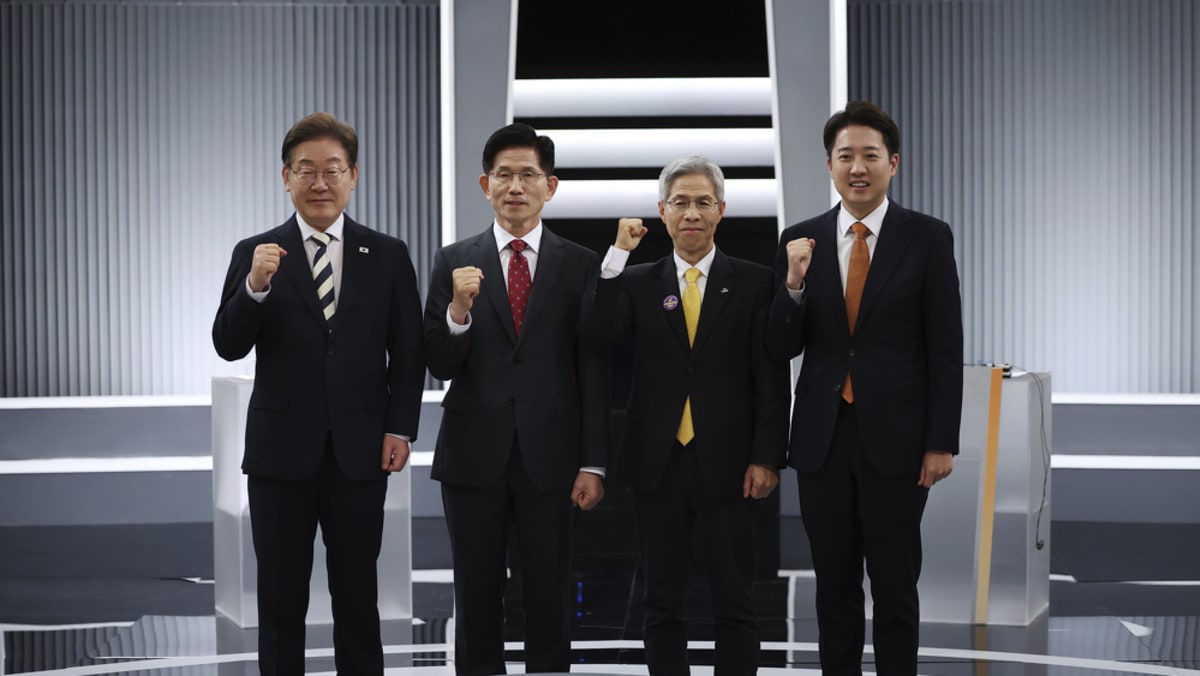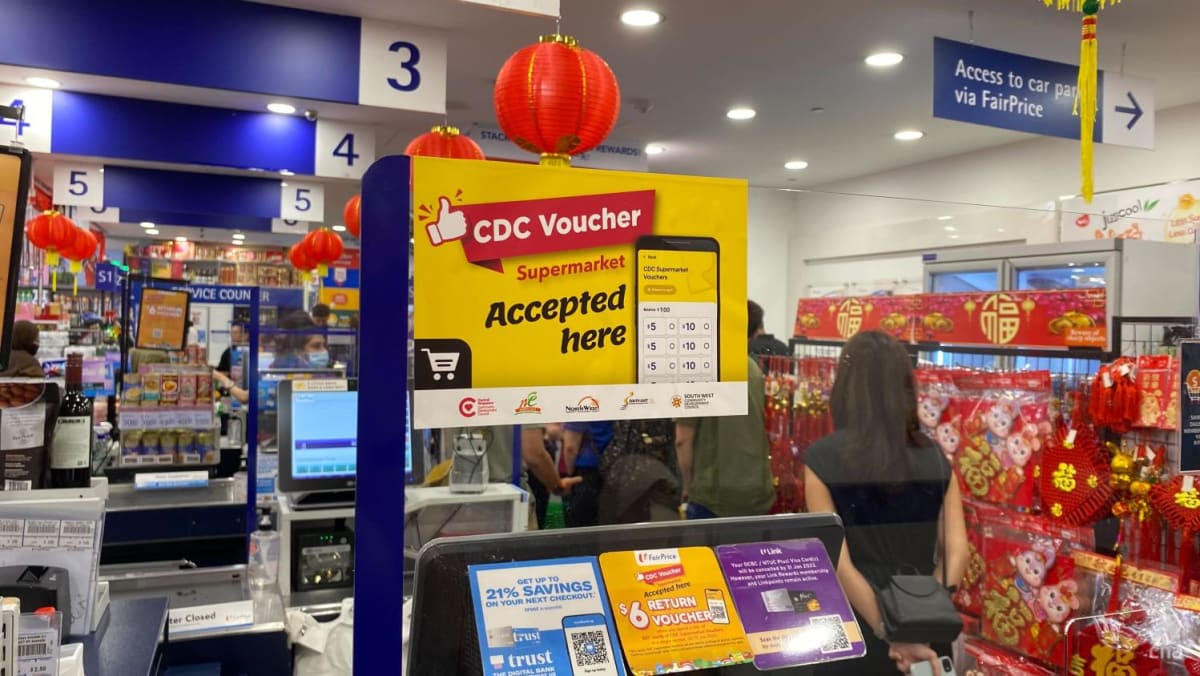Across Southeast Asia, differing nutrition labelling systems are creating confusion for consumers and driving up costs for businesses. In Singapore, Nutri-Grade labels focus on sugar levels and saturated fat, while Indonesia, Malaysia and Brunei rely on Healthier Choice symbols.
Although these differences may seem minor, they carry significant implications for the fast-moving consumer goods (FMCG) sector, a cornerstone of Southeast Asia’s economy, said the EU-ASEAN Business Council. For manufacturers, navigating this fragmented regulatory landscape raises production costs, which are often passed on to consumers in the form of higher prices. Inconsistency in labelling also results in unclear or misleading nutritional information, which hampers consumers’ ability to make informed dietary decisions.
To tackle these challenges, the Council has called for a unified front-of-pack labelling (FoPL) system. In its report, Enhancing FMCG Competitiveness in ASEAN: Industry Challenges and Recommendations for the Food and Beverage Industry, the non-profit organisation outlined how such a system could reduce trade barriers, support industry growth and promote healthier consumer choices.
“The FMCG sector is a vital contributor to ASEAN’s development, but it faces numerous challenges,” said Mr Chris Humphrey, executive director of the EU-ASEAN Business Council. “Our report highlights the importance of education, reformulation and collaboration among stakeholders to achieve public health objectives and boost the industry’s competitiveness.”
 Mr Chris Humphrey (first from right), executive director of the EU-ASEAN Business Council, sharing the findings of the Council’s report on enhancing FMCG competitiveness in ASEAN.
Mr Chris Humphrey (first from right), executive director of the EU-ASEAN Business Council, sharing the findings of the Council’s report on enhancing FMCG competitiveness in ASEAN.
WHY A HARMONISED LABELLING SYSTEM MATTERS
Nutrition labelling regulations across ASEAN vary in the criteria used to assess products, nutrient reference values and even languages. This patchy landscape not only complicates compliance for businesses but may also leave consumers uncertain about their choices.
Singapore’s Nutri-Grade system, for instance, looks at sugar and saturated fat content, primarily for beverages. While the Council’s report acknowledged that it has been expanded to include certain pre-packaged foods, it also suggested that its scope can make it difficult for consumers to compare products across categories. Additionally, the report highlighted that nutrient-dense beverages like low-fat and whole milk – despite being rich in calcium, magnesium and essential vitamins – may receive lower grades due to their saturated fat content. This, the report indicated, illustrates the challenge of simplifying nutritional data, as focusing on specific nutrients may overlook broader health benefits.
The report also found that a more comprehensive approach, such as the Health Star Rating system used in Australia and New Zealand, could help bridge these gaps. By evaluating multiple nutrients, including sodium, energy, fibre and protein, the report noted that this system provides a balanced assessment of a product’s overall nutritional value.
Developed in consultation with policymakers and industry stakeholders, a unified FoPL system could enable consumers to acquire reliable information, ease regulatory burdens for businesses and advance ASEAN’s public health goals, the Council stated.
BEYOND BANS AND TAXES
According to the Council, traditional regulatory measures like bans and taxes often yield mixed results. In its report, it highlighted Thailand’s experience with graphic warning labels on alcohol, which are required to cover one-third of the packaging. While well-intentioned, these measures have had limited success in reducing consumption. Instead, they increased production costs and inadvertently pushed some consumers towards unregulated markets.
The Council advocates a more balanced strategy that involves industry self-regulation, public education campaigns and tailored interventions. Advertisers, for instance, could follow best practices set by organisations like the International Chamber of Commerce or local advertising authorities. Complementary initiatives could equip consumers with the knowledge to make healthier choices, while targeted measures focus on addressing specific health issues without disrupting entire markets.
This approach is particularly relevant to sugar consumption. While taxes on sugar-sweetened beverages have curbed purchases in some countries, studies cited by the Council indicate minimal impact on obesity rates, as consumers often switch to untaxed sugary alternatives. To address this, the Council suggests reformulating products to lower sugar content, resizing portions to encourage moderation and launching public education campaigns to promote healthier lifestyles.
DIGITAL LABELLING: A MODERN SOLUTION FOR ASEAN
Amid the regulatory maze of nutrition labelling, digital labelling – like QR codes – has emerged as a forward-thinking solution. By scanning a QR code, consumers gain instant access to accurate, up-to-date product information. This not only provides detailed insights without cluttering packaging designs, but also supports multilingual access, overcoming language barriers often present in back-of-pack labelling.
The Council’s report observed a growing adoption of digital labelling in Southeast Asia, with QR code usage increasing by 83 per cent between 2014 and 2018. This trend demonstrates the potential for digital solutions to complement traditional labelling systems, offering both flexibility and enhanced consumer engagement.
When integrated with a harmonised FoPL system, digital labelling could provide consumers with the tools to make informed decisions while simplifying compliance for businesses, the Council emphasised. Calling on governments and the FMCG industry to work together on evidence-based solutions, it added: “To foster healthier consumption patterns and contribute to better public health outcomes, coordinated action between policymakers and industry stakeholders is essential.”
For a deeper dive into these recommendations, read the EU-ASEAN Business Council report on FMCG competitiveness in ASEAN. Stay updated on the developments shaping health and trade in the region.


